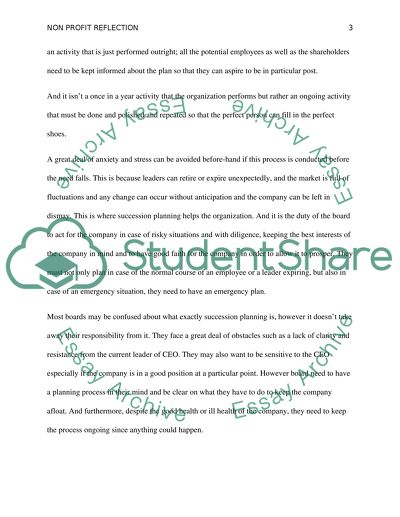Cite this document
(“Nonprofit Reflection Questions 2,3 4 Coursework”, n.d.)
Nonprofit Reflection Questions 2,3 4 Coursework. Retrieved from https://studentshare.org/miscellaneous/1603664-nonprofit-reflection-questions-234
Nonprofit Reflection Questions 2,3 4 Coursework. Retrieved from https://studentshare.org/miscellaneous/1603664-nonprofit-reflection-questions-234
(Nonprofit Reflection Questions 2,3 4 Coursework)
Nonprofit Reflection Questions 2,3 4 Coursework. https://studentshare.org/miscellaneous/1603664-nonprofit-reflection-questions-234.
Nonprofit Reflection Questions 2,3 4 Coursework. https://studentshare.org/miscellaneous/1603664-nonprofit-reflection-questions-234.
“Nonprofit Reflection Questions 2,3 4 Coursework”, n.d. https://studentshare.org/miscellaneous/1603664-nonprofit-reflection-questions-234.


